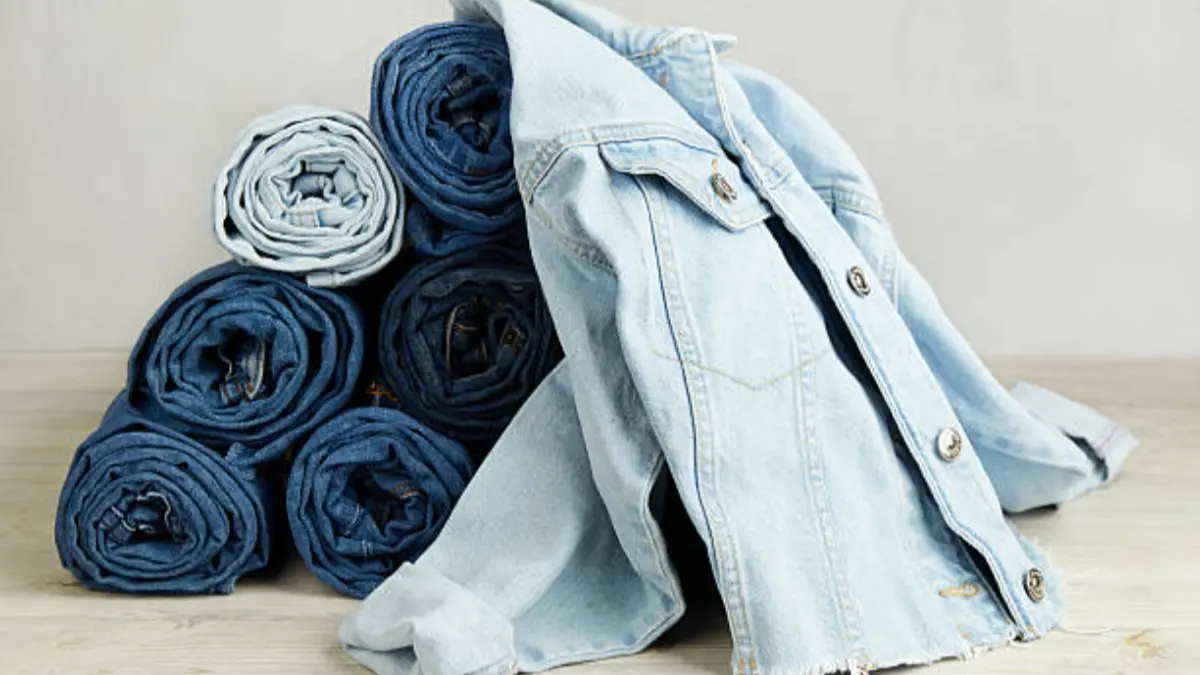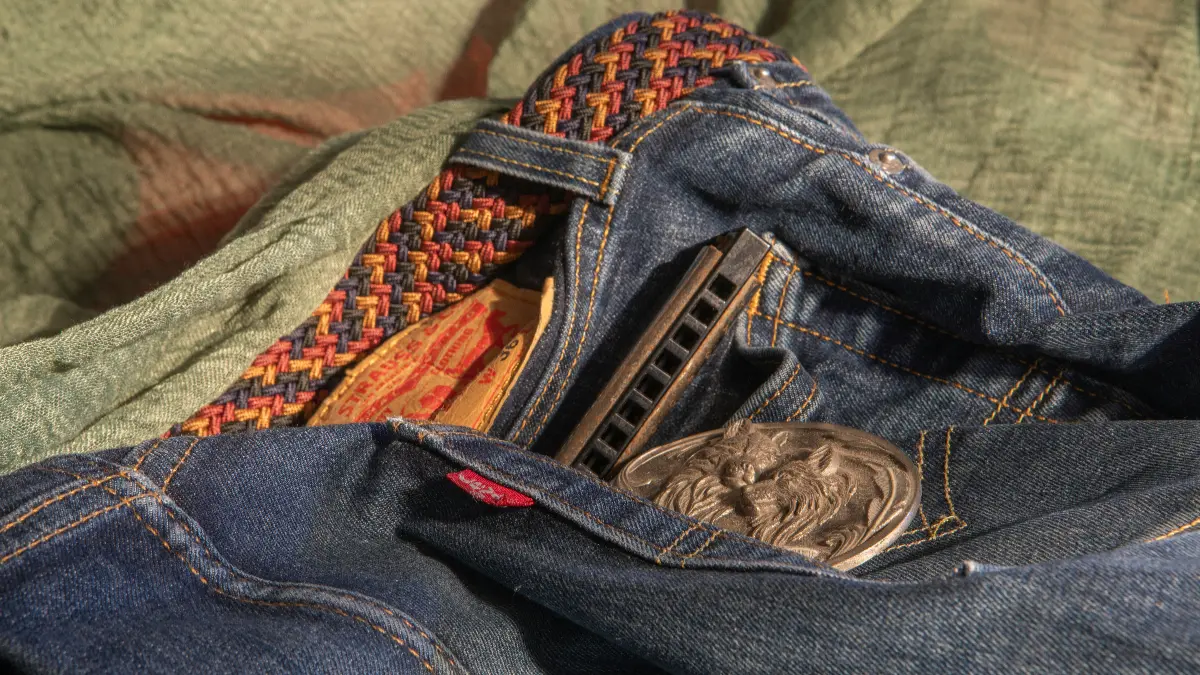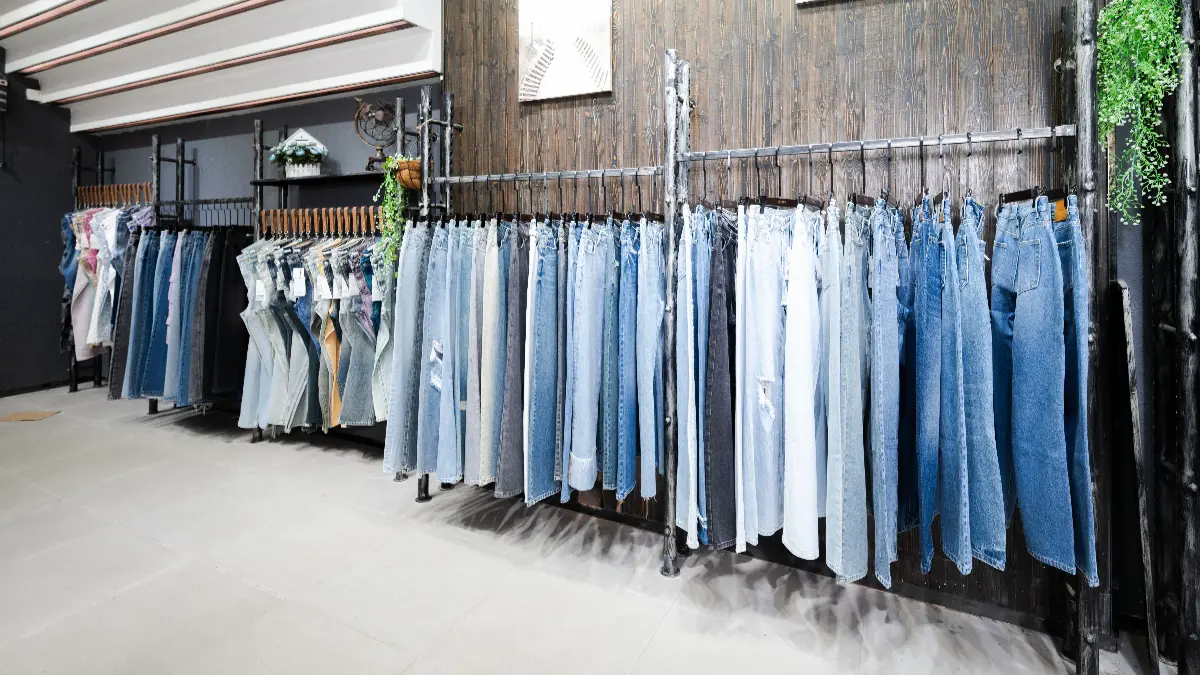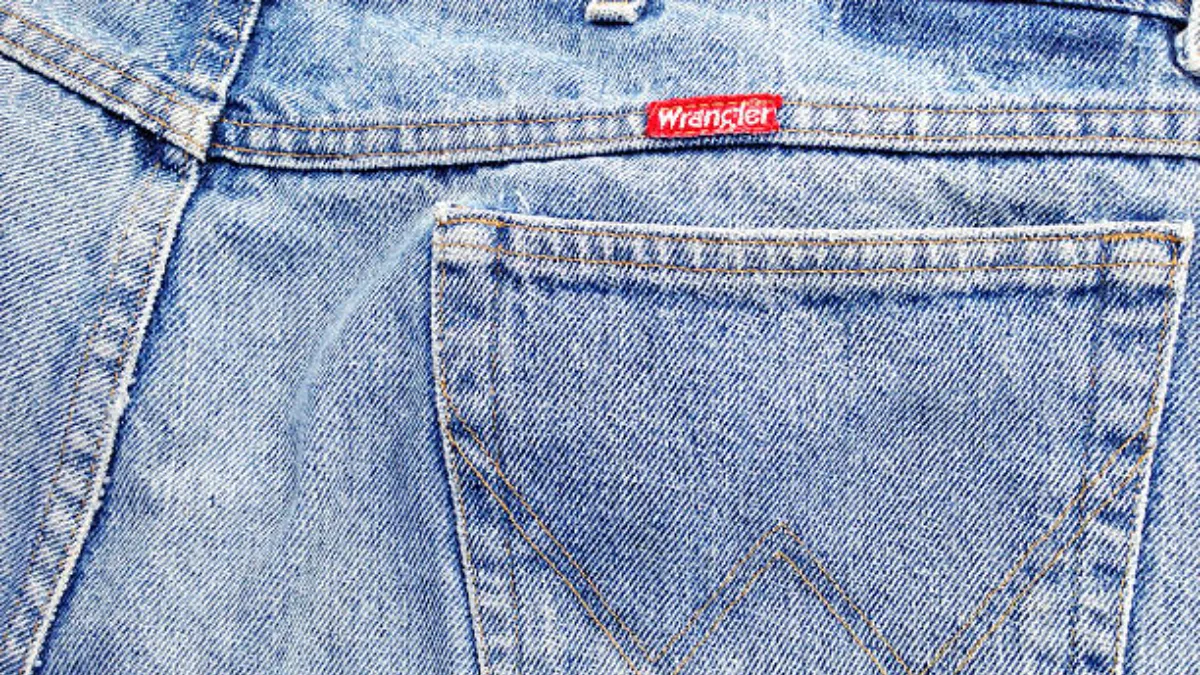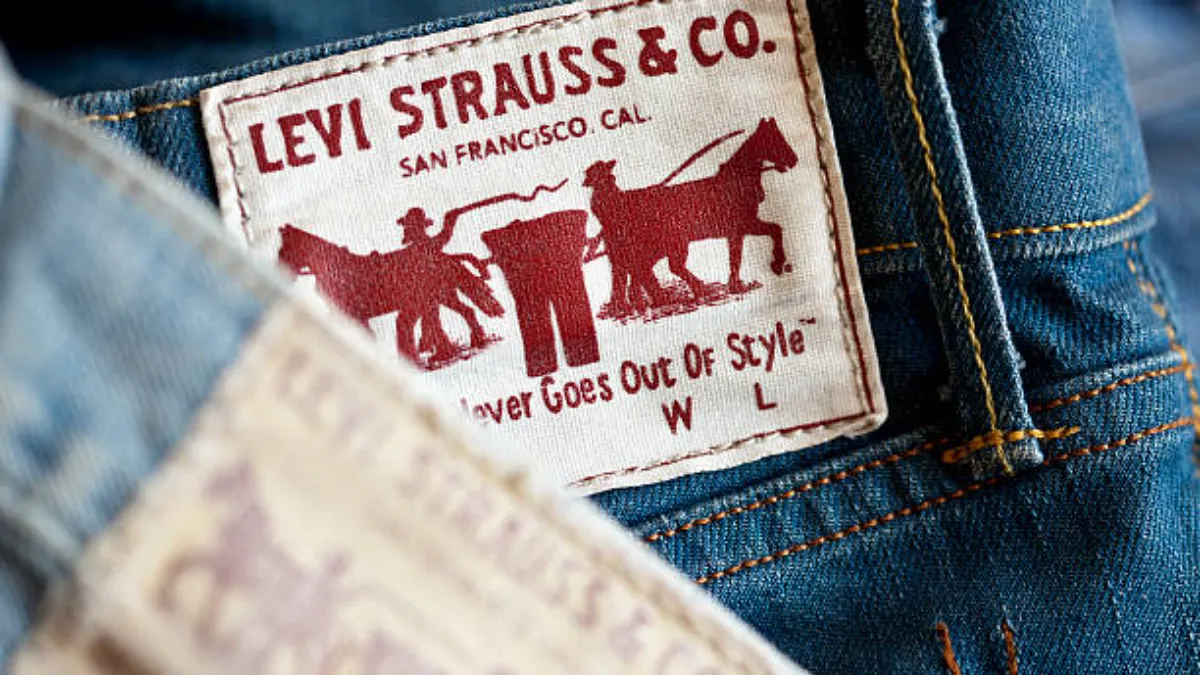As the denim industry faces growing environmental pressures and rapid technological advancements, it is evolving faster than ever. Denim is no longer just a fabric; it has become a medium for style, identity, and self-expression.
This article delves into the key innovations transforming denim manufacturing. From sustainable materials that reduce water usage to smart textiles that enhance comfort, these advancements are reshaping the production process. By understanding these changes, you’ll be better equipped to create denim that aligns with modern sustainability demands and meets the expectations of eco-conscious consumers.
Sustainable Materials
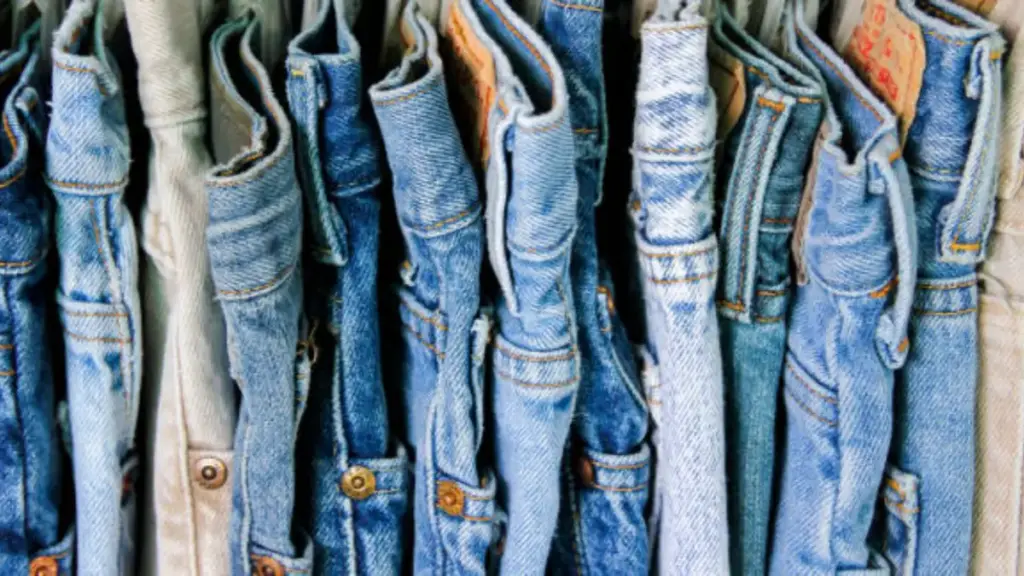
Denim is moving beyond traditional cotton. Brands are turning to post-consumer recycled cotton and GRS-certified fabrics to reduce water use and waste while maintaining durability. For more on using recycled cotton in denim, click here.
Recycled cotton is just the start. Emerging materials like biodegradable synthetics and renewable plant-based fibers are opening up new possibilities. These innovations allow for denim that either breaks down naturally or comes from rapidly regenerating sources.
What’s exciting is how these materials are changing perceptions. Certifications like OEKO-TEX® and RCS give your customers confidence that what they’re buying aligns with their values. And when you can back up your sustainability claims with third-party verification, ensuring that your products not only meet environmental standards but also foster long-term loyalty.
Smart Textiles and Technical Fabrics
Smart textiles are bringing denim into the activewear space, integrating stretch, breathability, and moisture-wicking capabilities that your customers didn’t even know they needed. Think about it: your audience wants comfort without sacrificing style, and that’s exactly what these innovations deliver.
These technical fabrics blur the lines between casual wear and functional apparel. Whether your customers are meeting for coffee or working from home, these fabrics seamlessly adapt to their lifestyle, enhancing both comfort and style.
With the integration of smart textiles, denim can offer more than just a good fit—it can also respond to body temperature, stretch for better movement, and provide moisture-wicking capabilities. This shift not only boosts garment performance but also elevates the overall wearing experience.
Revolutionizing Denim Production
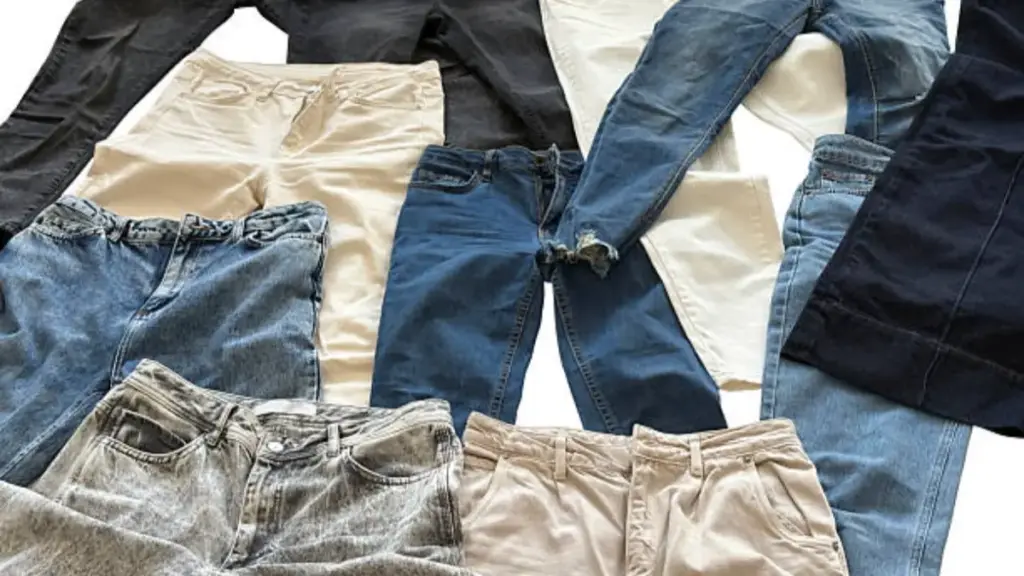
3D Sampling: Streamlining Design and Reducing Waste
If you’ve ever been frustrated by the slow, costly, and wasteful process of traditional sampling, you’re not alone. Physical samples take weeks to produce, cost a fortune, and often end up discarded after just one review. This is where 3D sampling tools come in. These tools let you visualize and refine your denim designs in real time, drastically reducing both development time and material waste. You can see how washes will look, test different fits, and make adjustments instantly—without cutting a single yard of fabric. This speed allows you to quickly adapt to market trends and make faster design decisions.
Digital Tools: Achieving Precision and Flexibility
Digital tools bring a level of precision that’s hard to achieve with manual processes. You can customize fits down to the millimeter, experiment with pocket placements, and refine silhouettes until they’re perfect. For emerging brands working with small-batch production and low minimum order quantities, this flexibility is crucial. You’re no longer locked into costly commitments before you know what will sell, allowing for smarter decisions with less risk.
Custom Denim Tailored to Your Brand’s Vision
Partner with a trusted denim manufacturer offering full control from fabric to finish. Benefit from flexible order sizes, sustainable materials, and hundreds of fresh styles monthly to bring your unique denim designs to life.
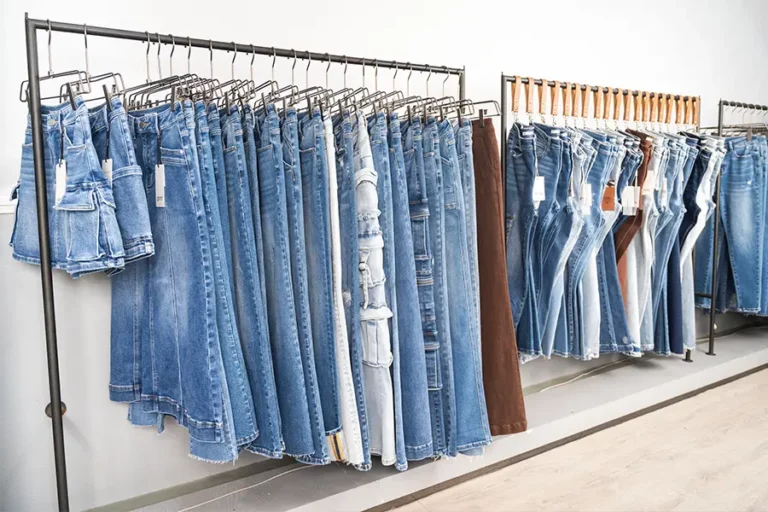
Circular Denim and Upcycling
You’ve got the design and the craftsmanship down, but here’s where the future really gets exciting: circular jeans aren’t just about looking good—they’re built to come back. Think of it as designing with the end in mind. Instead of your denim ending up in a landfill, you’re creating pieces that can be disassembled, recycled, and reborn into new garments.
The upcycled denim market is set to nearly double by 2032, driven by customer demand for sustainability. Today’s consumers want brands that take responsibility for the full product lifecycle. By adopting circular models, you’re not just reducing waste; you’re building trust with a generation that values both style and sustainability.
Here’s what makes circular denim work:
- Designing for Disassembly: Ensuring materials can be easily separated and recycled.
- Mono-Material Construction: Simplifying the recycling process by using single-material fabrics.
- Take-Back Programs: Partnering with programs that give old jeans a second life.
- Post-Consumer Recycled Fibers: Sourcing fibers that close the loop in the denim production process.
Waterless Finishing Techniques
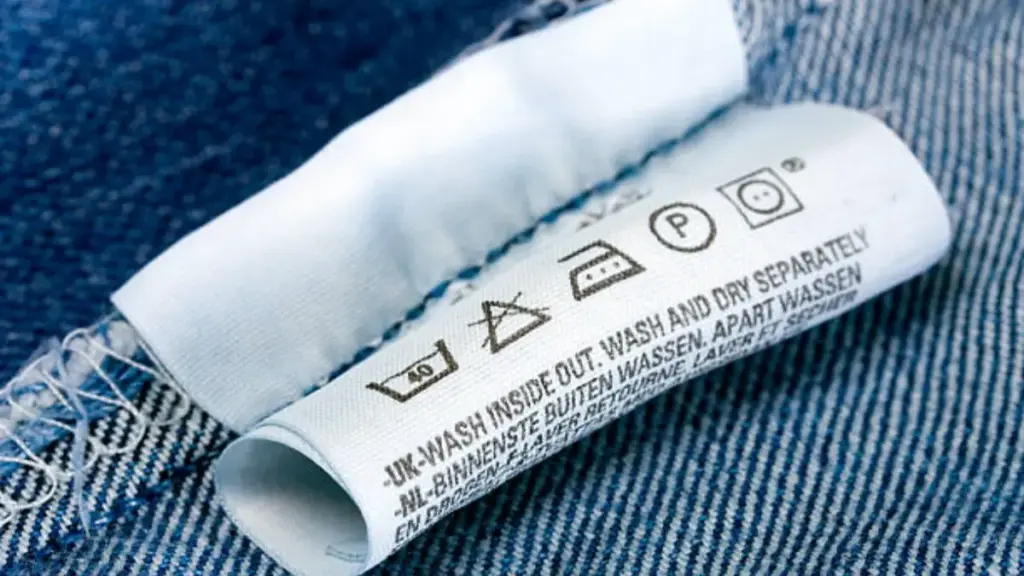
If you’re looking to reduce your environmental footprint without sacrificing style, waterless finishing techniques are a game changer. Technologies like laser and ozone washing have revolutionized the process, reducing water use by up to 90%. For a deeper dive into these techniques, check out our article on types of denim washing.
Another breakthrough is digital printing. Instead of using traditional dye baths, you can apply intricate designs or branding directly to denim with pinpoint accuracy. This method reduces waste, minimizes chemical use, and cuts down on energy consumption—while delivering high-quality, consistent results that elevate your product.
Incorporating these techniques not only improves your sustainability but also aligns your brand with today’s consumer expectations for transparency and eco-consciousness. By using waterless finishing and digital printing, you’re offering premium denim that’s both stylish and responsible.
Automation and AI in Denim Production
Automation is transforming denim manufacturing by bringing precision to every stage. From weaving to cutting to finishing, smart machines equipped with sensors ensure consistency and reduce defects. This results in less fabric waste, higher efficiency, and products that meet exact specifications every time. Automation not only saves costs but also builds your brand’s reputation for quality and reliability.
AI takes things a step further by optimizing resource use. With real-time data analysis, AI identifies inefficiencies and adjusts workflows to speed up production without compromising quality. This leads to faster turnaround times, lower labor costs, and the ability to quickly adapt to market demands. Some brands have even halved their energy consumption per jean compared to traditional methods, proving that smart manufacturing is both sustainable and profitable.
The Influence of Versatile Fits and Activewear
Your customers aren’t choosing between style and comfort anymore—they want both, and denim is rising to meet that challenge. The shift toward work-from-home lifestyles and the explosive growth of athleisure have pushed denim designers to rethink what “everyday wear” really means.
Relaxed silhouettes are leading this transformation. Wide-leg jeans for women and straight cuts for men are now among the most popular types of denim jeans, offering the breathability and ease of movement that tight, restrictive fits can’t match. These styles flatter a range of body types while transitioning seamlessly from home offices to casual outings, giving your customers the adaptability they crave.
What’s even more exciting is how denim is borrowing from technical fashion. Performance fabrics originally designed for activewear are being integrated into denim, such as stretch fibers, moisture-wicking treatments, and temperature-regulating materials. This fusion allows denim to compete with yoga pants and joggers, offering the perfect balance of style and function.
FAQS About the Future of Denim
What are alternatives to cotton in denim fabric?
Brands are experimenting with recycled polyester, hemp, Tencel (lyocell), and post-consumer recycled cotton to reduce water use and environmental impact. These fibers blend well with traditional cotton to create durable, eco-friendly denim that feels familiar yet performs better.
How does 3D sampling speed up denim design and production?
3D sampling lets designers visualize fits, washes, and finishes digitally before cutting a single yard of fabric. This cuts development time by weeks, eliminates waste from physical samples, and allows rapid iteration until the design is perfect.
What defines a circular jean in sustainable fashion?
A circular jean is designed to be recycled or upcycled at the end of its life, keeping materials in use rather than in landfills. It uses mono-materials or easy-to-separate components, avoids harmful chemicals, and often comes with take-back programs from the brand.
How does technology affect denim manufacturing costs?
Automation and AI-driven processes reduce labor costs and boost precision, which can lower per-unit expenses over time. Upfront investment is high, but efficiency gains—like halving energy use—make it cost-effective long-term while also meeting sustainability goals.
What are the most exciting innovations currently in denim?
Waterless dyeing, laser finishing, biodegradable stretch fibers, and digital printing are leading the charge. These innovations dramatically cut water and chemical use while delivering the quality and aesthetics customers expect from premium denim.
The Road Ahead for Denim
This list highlights the innovative trends reshaping denim sustainability, design, and production. From waterless dyeing and laser finishing to recycled fabrics and AI-driven processes, the industry is proving that style and responsibility can go hand in hand. These aren’t just buzzwords—they’re real strategies to reduce environmental impact while meeting the demands of conscious consumers.
For brands looking to lead with both innovation and integrity, now is the time to embrace these changes. If you’re ready to take your denim line to the next level, we recommend partnering withChanghong, a leading denim brand committed to sustainability and cutting-edge manufacturing. Get in touch today to start your journey toward sustainable innovation.

